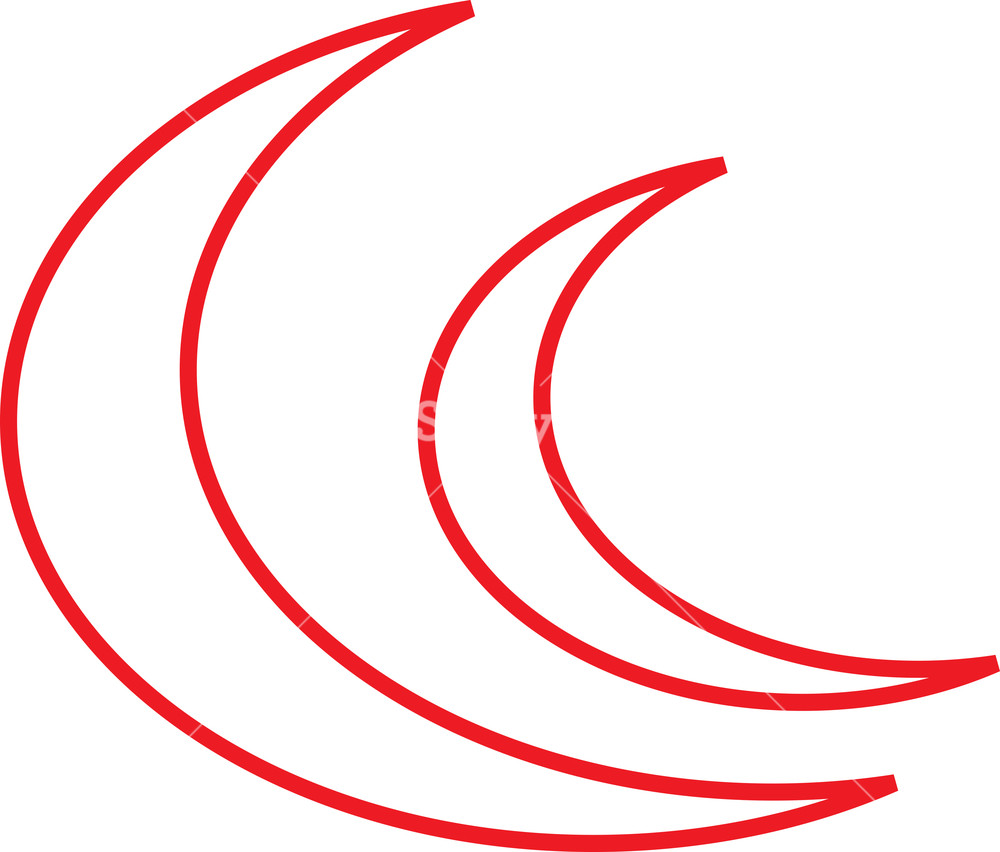

The planet also changes in apparent size from 9.9 arc seconds at full ( superior conjunction) up to a maximum of 68 arc seconds at new ( inferior conjunction). Venus (like the Moon) has 4 primary phases of 146 days each. The full cycle from new to full to new again takes 584 days (the time it takes Venus to overtake the Earth in its orbit). Since the planet has an atmosphere it can be seen at new in a telescope by the halo of light refracted around the planet. Venus presents a thin crescent in telescopic views as it comes around to the near side between the Earth and the Sun and presents its new phase when it is between the Earth and the Sun.

It shows a quarter phase when it is at its maximum elongation from the Sun. It is a gibbous phase when it approaches or leaves the opposite side of the Sun. It presents a full image when it is on the opposite side of the Sun. The phases of Venus result from the planet's orbit around the Sun inside the Earth's orbit giving the telescopic observer a sequence of progressive lighting similar in appearance to the Moon's phases. The orbit of Venus is 224.7 Earth days (7.4 avg. Although the extreme crescent phase of Venus has since been observed with the naked eye, there are no indisputable historical pre-telescopic records of it being described or known. The first recorded observations of them are thought to have been telescopic observations by Galileo Galilei in 1610. The phases of Venus are the variations of lighting seen on the planet's surface, similar to lunar phases. It does not store any personal data.The phases of Venus and evolution of its apparent diameter The cookie is set by the GDPR Cookie Consent plugin and is used to store whether or not user has consented to the use of cookies. The cookie is used to store the user consent for the cookies in the category "Performance". This cookie is set by GDPR Cookie Consent plugin. The cookie is used to store the user consent for the cookies in the category "Other. The cookies is used to store the user consent for the cookies in the category "Necessary". The cookie is set by GDPR cookie consent to record the user consent for the cookies in the category "Functional". The cookie is used to store the user consent for the cookies in the category "Analytics".

These cookies ensure basic functionalities and security features of the website, anonymously. Necessary cookies are absolutely essential for the website to function properly. If that sort of thing is important to you. This information is good to know because it means you can draw your crescent moon facing either direction, and it will still be accurate. A waning crescent is lit on the left side, and a waxing crescent is lit on the right side. There are two different types of crescent moons. If less than half of the moon is lit, it’s called a crescent moon. You can see all eight phases over the period of a month.These phases are the different levels of reflection of the light from the sun. The Earth’s atmosphere is what creates the appearance of the moon being different colors. The moon reflects the light from the sun. Although it appears to be a variety of colors, it’s actually gray. The moon consists of metal and rock, just like the Earth. This process takes roughly 27 days to complete. The moon orbits the Earth, meaning it circles our planet. There are over 200 moons in our solar system.


 0 kommentar(er)
0 kommentar(er)
